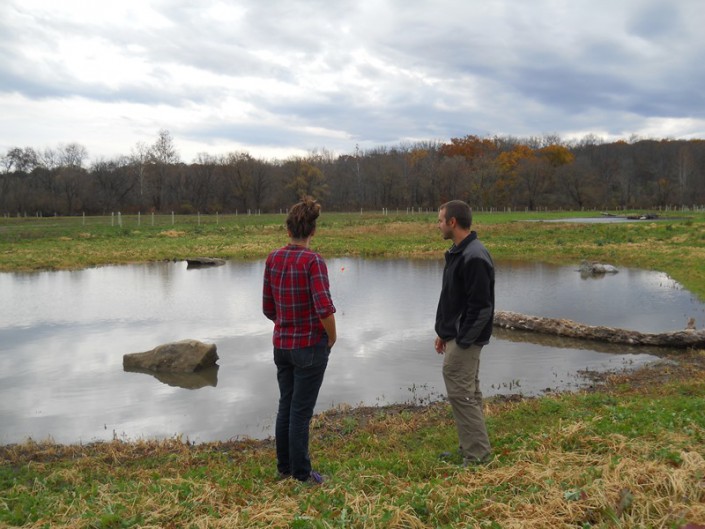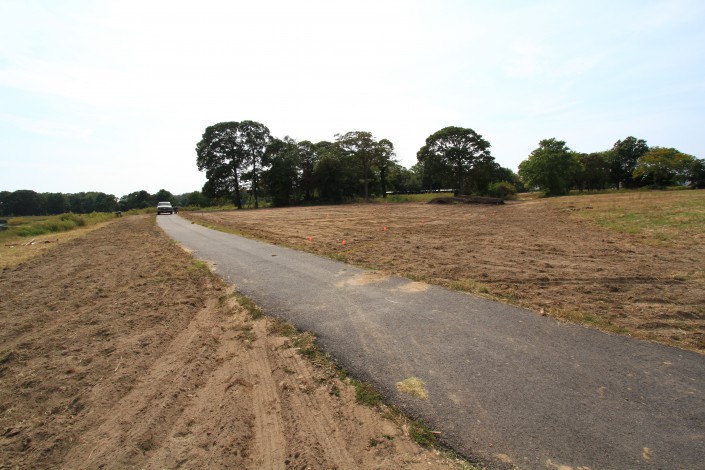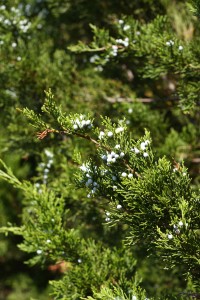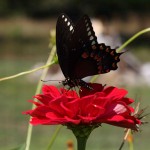Walking the Land
CWF Biologists’ Winter Field Work
by Kelly Triece, Private Lands Biologist

Even during these cold winter months Conserve Wildlife Foundation biologists are out in the field! The winter is often the best time of year to fully see the land and make accurate assessments on potential management. My role as a Private Lands Biologist along with our partner the U.S. Department of Agriculture, Natural Resources Conservation Service (USDA-NRCS), is to work with private landowners and help them manage their property for the benefit of wildlife and to conserve other natural resources.
Often times this means walking the property with landowners who are interested in enhancing or providing habitat for wildlife. On our walk, we look for invasive species, erosion concerns, existing hydrology, native vegetation and the potential to enhance the property for wildlife. We make recommendations on how to best manage the land for wildlife, but ultimately it is up to the owner.

This winter, I have met with several landowners whose goal is to provide waterfowl and amphibian habitat on their land. We have also visited forested lands to determine their suitability to create Golden-winged Warbler habitat, an endangered songbird.
Not every day is a close encounter with wildlife! But helping private landowners learn about sustainable land management and implement conservation goals on their property may help provide food, water and breeding grounds for many of New Jersey’s native wildlife species.
Learn More:
- Creating Wildlife Habitat in your Backyard
- Conserve Wildlife Foundation’s Online Field Guide: Golden-winged Warbler
Kelly Triece is the Private Lands Biologist for Conserve Wildlife Foundation.


